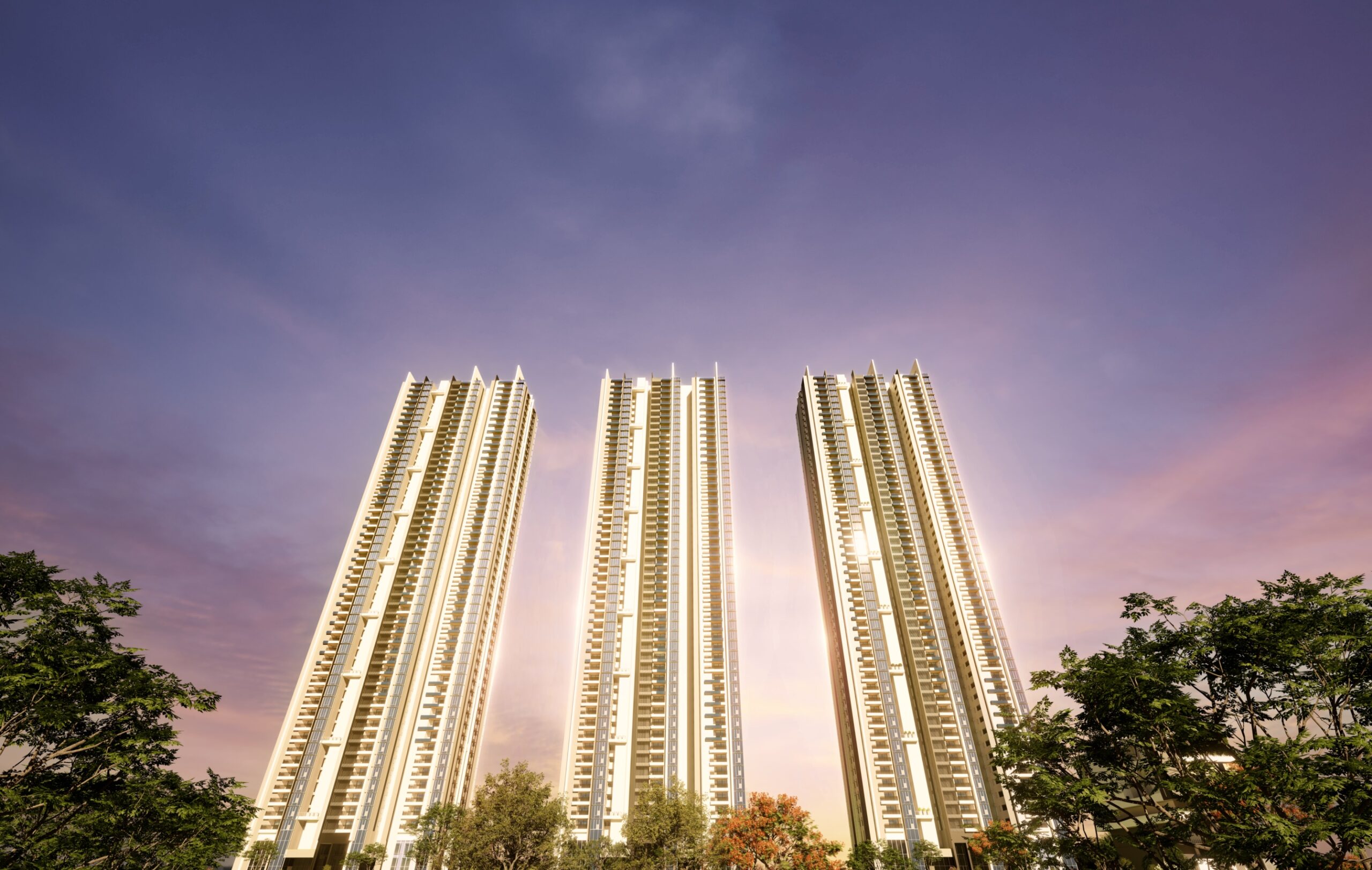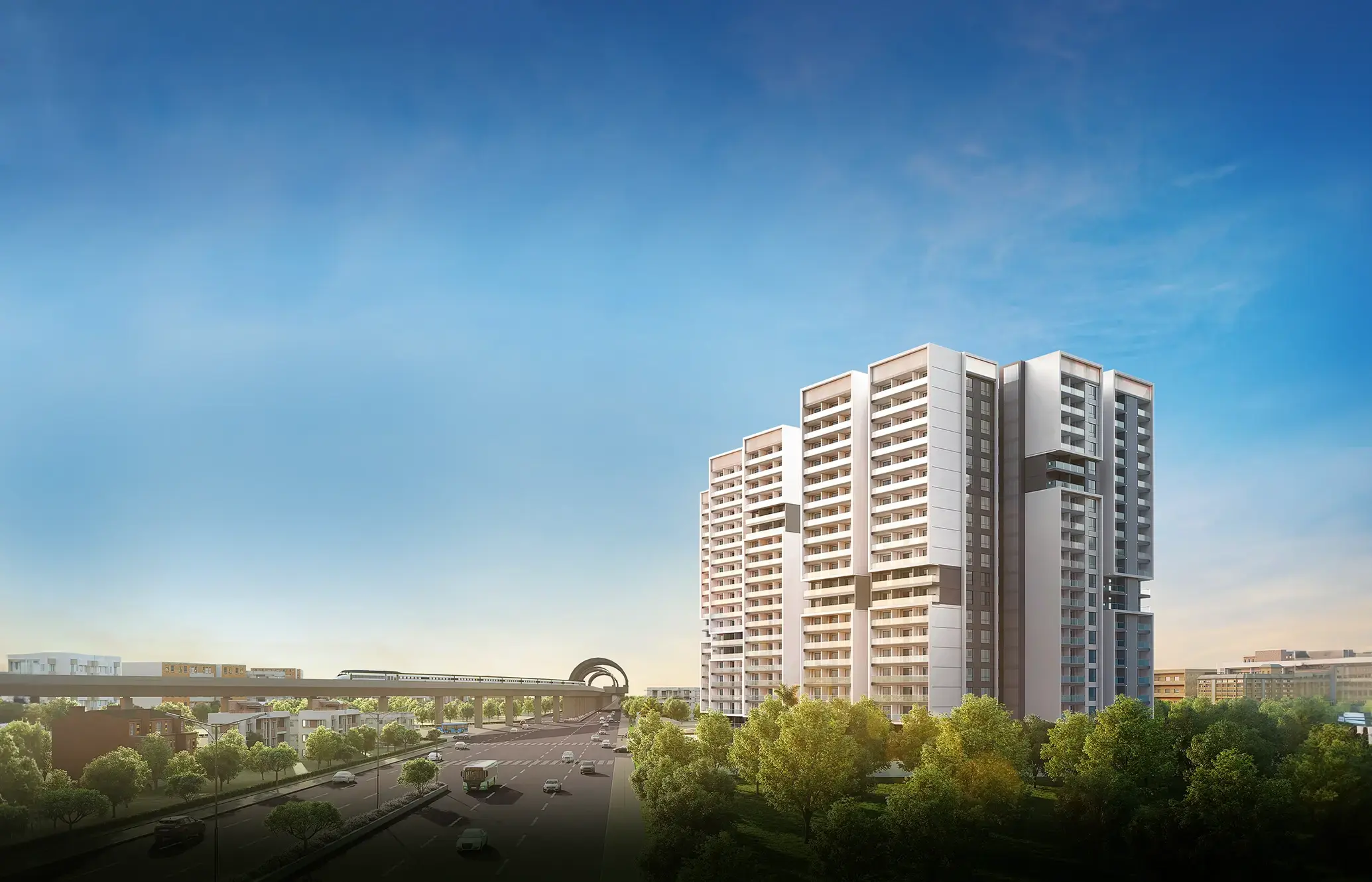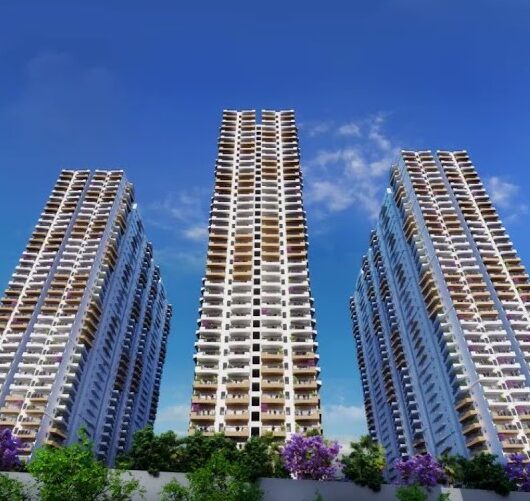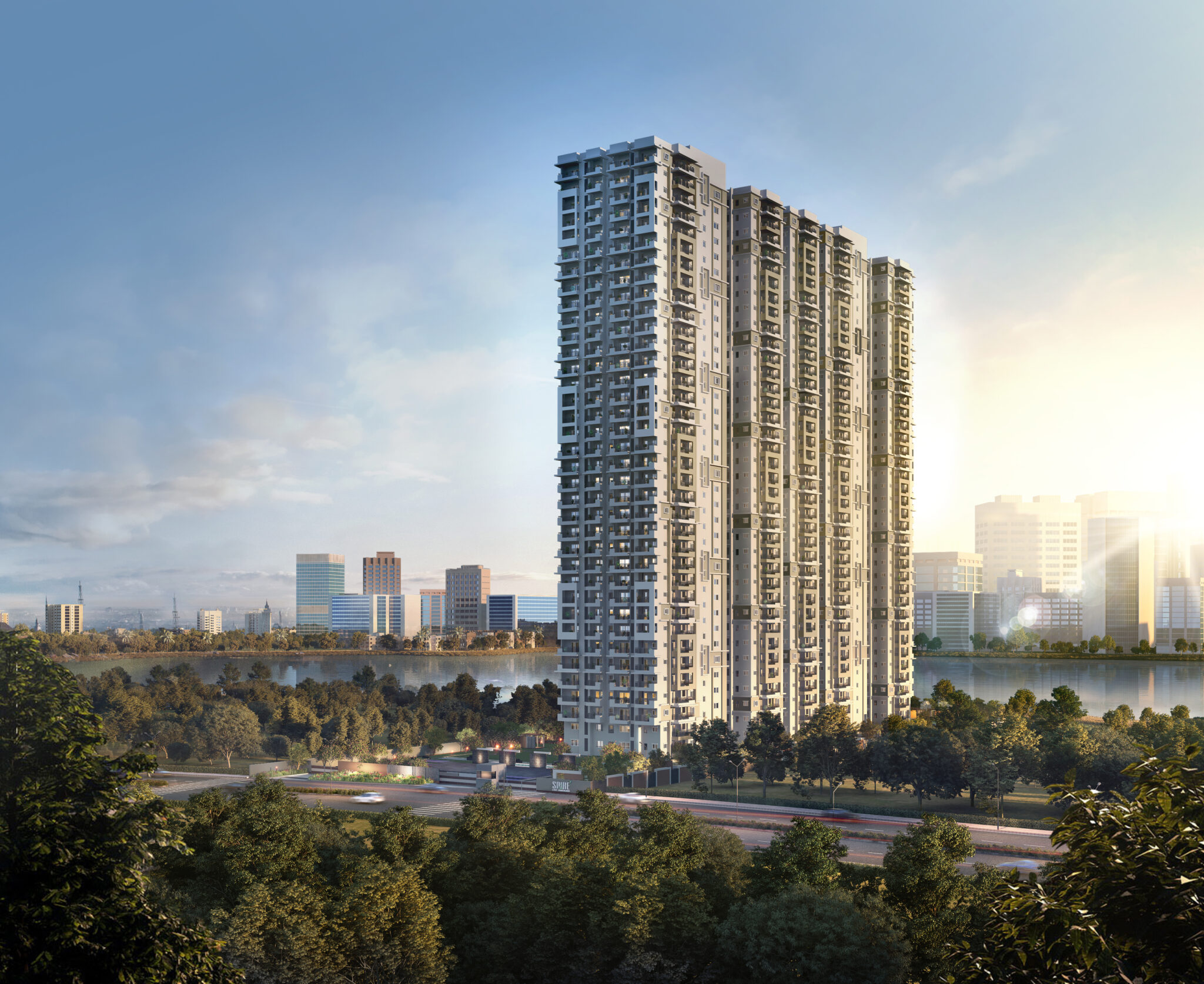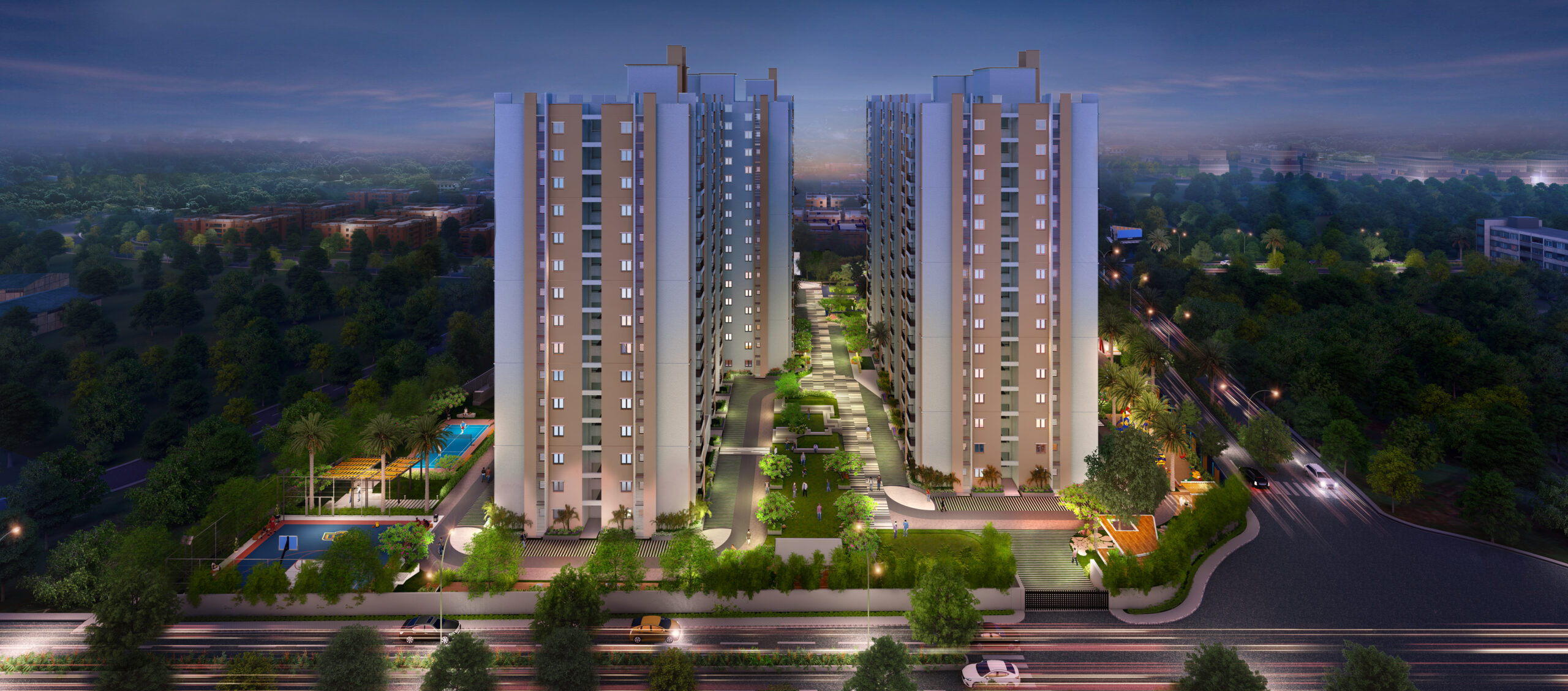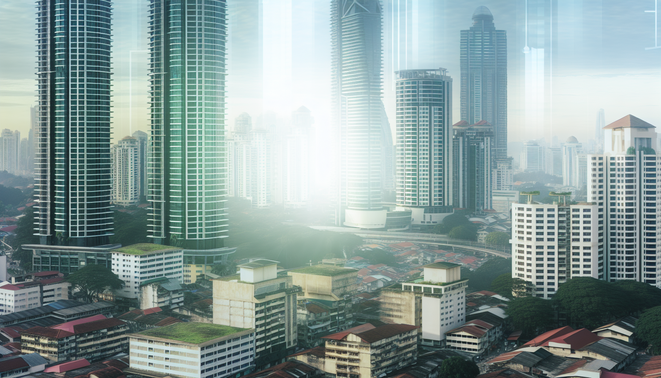Transferable Development Rights (TDR): Unlocking Urban Potential
Understanding Transferable Development Rights
So, what’s the deal with Transferable Development Rights (TDR)? Well, they’re this neat urban planning tool that enables landowners to sell or shift their development potential to different areas. It’s like putting a twist on land use preserving those precious spots that need protection while also promoting development in places that could use a boost.
Definition and Purpose
The heart of TDR programs? Balancing development with conservation. These rights show that landowners can still tap into their property’s potential, but without harming sensitive environments or historic sites. Essentially, TDRs act like a financial lifeline, letting landowners cash in on unused development options. The buyer? They grab these rights to ramp up density in designated areas, which helps urban development thrive without bulldozing essential spaces.
Evolution
TDR has come a long way since it popped up in the 1960s. It started small but now spreads across various urban settings, all in the name of smart growth. Cities often lean on TDR programs to counteract urban sprawl, boost housing availability, or keep green spaces intact. These days, many successful programs involve public input too, making them more inclusive and strategic.
Key Benefits and Challenges
| Benefits | Challenges |
|---|---|
| Increases density in urban areas | Requires careful planning and regulation |
| Preserves open spaces and historical sites | May lead to market distortion |
| Generates revenue for landowners | Complexity in implementation and tracking |
| Promotes sustainable land use practices | Varying public perception and acceptance |
TDR programs are great and all, but they can’t just be slapped together without thought. Engaging stakeholders during the planning phase can help smooth over bumps and build community support.
Need the nitty-gritty? Check out Bellhaven and Skandhanshi for more in-depth info on TDRs. And if you really wanna dig in, there’s Rustomjee.
For more on property and urban planning, explore articles about vertical expansion and current housing market trends.
The Mechanics
Here’s the scoop on how TDRs work. They provide a pathway for property owners to transfer their development rights from one parcel to another. This mechanism supports urban growth, maximizes land use, and keeps environmental standards intact.
Local governments? They’re key players. They set up the guidelines, deciding which properties can sell their rights and which can swoop in to buy them. Typically, these programs focus on safeguarding specific areas, like farmland or historic sites, but allow for denser development in areas primed for growth.
Wanna grasp the basics? Here’s how the TDR process rolls:
| Step | Description |
|---|---|
| 1. Identification | Identify properties eligible for TDR, often in designated sending zones. |
| 2. Valuation | Establish the value of development rights to be transferred. |
| 3. Transfer Agreement | Facilitate legal agreements between buyers and sellers of rights. |
| 4. Local Government Approval | Obtain necessary approvals from the local authority to finalize the transfer. |
| 5. Development | Allow the receiving property to develop based on the acquired rights. |
TDR can pump up urban density and biodiversity, leading to a greener, more sustainable landscape. For more info, check out this guide on TDR and an overview of smart growth tools.
Explore more about urban planning in our articles on urban land scarcity and navigate through the trends in homeownership.
Advantages of Utilizing TDR in Urban Development
So, what’s so great about TDR in urban planning? Let’s break it down: Firstly, TDR keeps open spaces safe, promotes sustainable growth, and can spike property values. By enabling land developers to grab extra building rights from areas set aside for preservation, the whole system strikes a balance between building and protecting.
| Advantage | Description |
|---|---|
| Preservation of Open Spaces | TDR helps shield green areas by transferring rights away from them, keeping these spots safe amidst city sprawl. |
| Sustainable Development | By concentrating growth, TDR pushes for denser building, which cuts down on urban sprawl and saves existing landscapes. |
| Increased Property Values | Developers often find properties with TDR programs climbing in value, it’s a win-win. |
Plus, TDR can lead to smarter urban design by steering growth where it makes sense. This concentrated development often leads to better infrastructure investments and livelier communities.
Reports show that well-executed TDR programs not only mend the rift between development and conservation but also shower economic perks, like jobs and rising property taxes. For a deeper dive into TDR benefits, don’t miss out on HDFC or Bellhaven.
Understanding TDR mechanics can level up urban planning tactics. For more related concepts, check out articles on vertical expansion solutions and property allotment.
The Future: Challenges and Opportunities
Transferable Development Rights (TDR) are gaining popularity as a smart urban planning tactic. But let’s be real—there are hurdles. Public awareness is often low, regulations can be a mess, and market ups and downs pose challenges. Lots of would-be participants don’t really grasp how TDR works, which can bottleneck its engagement. Plus, various local laws can clash, complicating the whole process.
| Challenge | Description |
|---|---|
| Public Awareness | Lack of knowledge about TDR programs among stakeholders. |
| Regulatory Complexities | Various laws can conflict, creating implementation issues. |
| Market Dynamics | Real estate market fluctuations impact TDR pricing. |
| Environmental Resistance | Concerns over potential adverse impacts on landscapes. |
Still, the future’s looking bright with tons of opportunities for innovation in TDR systems. Think about leveraging digital platforms to simplify processes and boost transparency; this could really ramp up interest. Plus, better public education could break down the myths surrounding TDR and pull in more investors and developers.
There are shining examples, like Washington State, where TDR has been balanced effectively with land conservation, an approach other areas can definitely model [Source: ResearchGate].
Taking a hard look at previous TDR projects can help guide future strategies, pinpointing what works well and what pitfalls to avoid. Stronger collaboration between government, property owners, and green organizations can also build a more supportive environment for TDR practices.
Moving ahead, TDR can reshape cities sustainably—keeping green spaces alive while promoting smart land use. For a more detailed look at these topics, check out resources such as [Source: EPA] or [Source: HDFC]. More insights on real estate innovations await in articles focused on maximizing sustainability and TDR implications in urban planning.
FAQ
What are Transferable Development Rights (TDR)?
Transferable Development Rights (TDR) are a land use management tool that allows property owners to sell or transfer their development potential from one parcel of land to another, thereby promoting sustainable urban growth while preserving open spaces.
How do TDR programs benefit urban planners?
TDR programs help urban planners increase density in certain areas while preserving valuable landscapes and historical sites, generating revenue for landowners, and supporting sustainable growth.
What are some challenges associated with TDR?
Challenges include public awareness and understanding of TDR, regulatory complexities, potential market distortions, and environmental concerns regarding the transfer of development rights.
Can TDR be used for affordable housing development?
Yes, TDR can facilitate affordable housing development by allowing developers to purchase transfer rights from areas with low density and utilize them in areas where housing is needed, helping manage urban density effectively.
Are there successful cases of TDR in urban planning?
Yes, cities such as New York, San Diego, and Mumbai have successfully implemented TDR programs, resulting in preservation of historic sites, conservation of green spaces, and better management of urban density.
Exclusive 3BHKs only in Financial District
